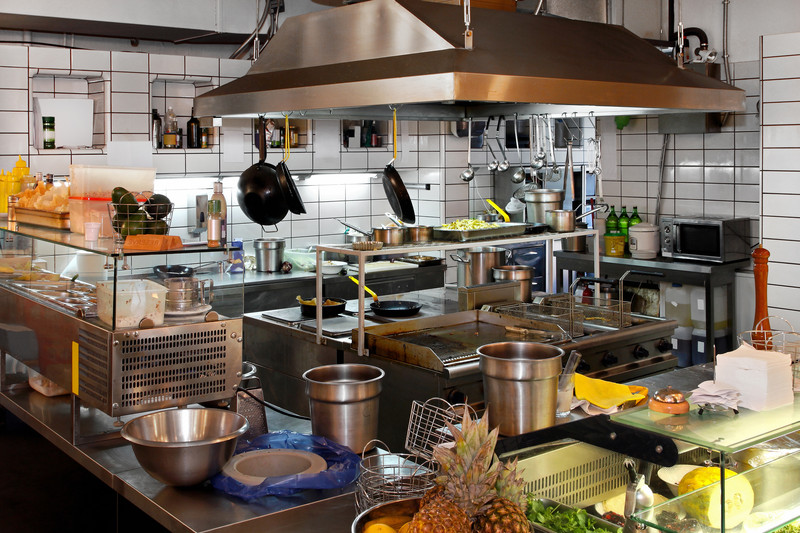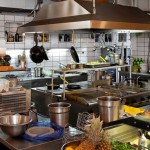Unsafe food is primarily caused by physical (hair and dirt), chemical (pesticides and cleaners), and biological (various microorganisms) contaminants. These hazards can be minimized or eliminated by controlling the factors discussed in this post.
- Personal hygiene
Many of the food-borne illnesses caused by bacteria and other microorganisms are transmitted by people who handle food. In fact, actions occurring in food service can affect food safety during purchase, storage, preparation, serving, or cleaning.
The FDA recommends that employees handling food clean their hands (or prosthetic devices) for a minimum of 20 seconds using an effective cleaning solution in the handwashing sink. Disposable towels must then be used for hand drying to prevent re-contamination.
It is very important that you clean and treats injuries on your hand or arm immediately to minimize the risk of infection and food contamination. Another precaution is not to wash your hands in sinks where food will be prepared, or utensils/equipment will be washed.
- Contact surfaces
Though widely recommended and reiterated, restaurants often don’t pay as much attention to cleaning and sanitizing contact surfaces and utensils as they need to. The problem starts when cockroaches, mice, flies, and other disease-carrying pests are attracted to and start feeding off food trapped in counter crevices, nicks/cracks in utensils, and fork tines. These insects and pests can transfer harmful microorganisms such as salmonella, listeria, and E.coli, which can cause vomiting, diarrhea, and abdominal cramps. Severe infections can lead to kidney diseases, neurological conditions, or even miscarriages.
- Equipment
Food equipment that cannot be cleaned easily faces the risk of becoming a breeding ground for bacteria and other pathogens. This is especially noticeable near dish machines, slicers, cutters, mincers, and mixers.
A best practice is to take the equipment – say meat slicer – apart, sanitize it thoroughly, and reassemble it. While this job can take a few hours, it is in the best interests of your guests’ health and your reputation. What you want to do is – depending on its usage – determine how practical and effective it is to take particular equipment apart. This is the only solution until such time as better food equipment designs are innovated.
- Safe food storage
Storing food at the right temperature and for optimal amounts of time goes a long way in preventing bacterial growth. There is a greater likelihood of microorganisms growing in areas where the food temperature hovers between 41 degrees Fahrenheit and 135 degrees Fahrenheit. A document containing the procedures at every stage of food production can help ensure that time and temperature requirements are met.
- Responsible use of chemicals
Cleaning, sanitizing, and pest control chemicals must be used carefully in food preparation areas to prevent them from contaminating the food or injuring employees. Besides storing chemicals away from food and labeling them clearly, employees must use chemical gloves and goggles when handling chlorine, iodine, quaternary ammonia, and other cleaning products.
Store non-compatible chemicals – such as chlorine and ammonia – separately, as they can cause a poisonous gas when mixed. It is advisable to store most chemical products on lower shelves to minimize the risk of spills. If either I or my company can help you design a plan, please free to contact me. Thanks for Reading (Restaurant Sanitation Tips) Keep visiting for more updates.


